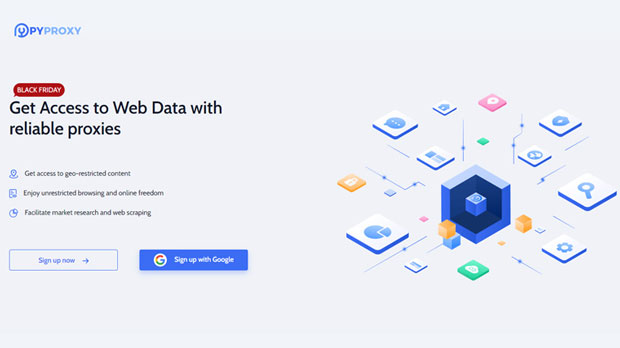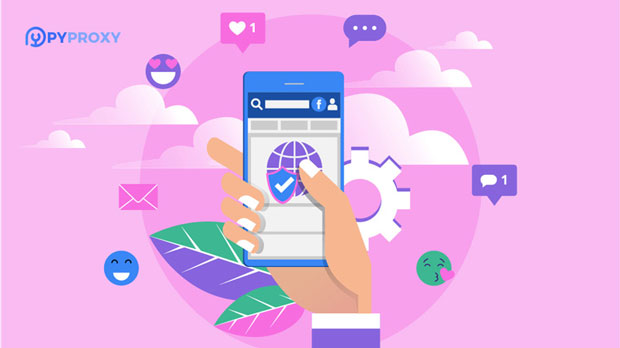Are paid proxy servers more secure than free proxies?
In the world of online privacy and security, the question of whether a paid proxy server is safer than a free one is a matter of concern for many users. Proxy servers, whether paid or free, act as intermediaries between a user's device and the internet, hiding their real IP address and potentially offering some level of anonymity. However, when it comes to security and reliability, paid proxies often have significant advantages over free options. This article will delve into the critical differences in terms of security, performance, privacy, and reliability, helping users make an informed decision about their online safety. Understanding Proxy ServersBefore comparing paid and free proxies, it is essential to understand how a proxy server works. A proxy server is a system or router that acts as a gateway between a user’s device and the internet. When a user connects to the internet through a proxy, their requests are routed through this intermediary, masking their actual IP address. This process can provide some degree of anonymity, as the IP address seen by websites and online services is that of the proxy, not the user's device.There are several types of proxy servers available, including HTTP, HTTPS, SOCKS5, and others, each serving different purposes. Regardless of the type, proxies are used for various reasons such as hiding one's real IP address, accessing geo-blocked content, or simply maintaining privacy while browsing.Free Proxies: What You Need to KnowFree proxies are often seen as an appealing option due to their cost-free nature. However, using free proxy services comes with several risks, especially when it comes to security and privacy. Here are some of the main drawbacks associated with free proxies:1. Lack of EncryptionMost free proxies do not provide encryption for the data transmitted between the user's device and the proxy server. This lack of encryption makes the user's data vulnerable to interception by malicious actors. For example, if a user accesses a free proxy over an unsecured Wi-Fi network, any sensitive information such as login credentials, credit card numbers, or personal details could be exposed.2. Data HarvestingOne of the biggest concerns with free proxies is the potential for data harvesting. Many free proxy services log users' activities, including websites visited, search queries, and even personal information. These logs can then be sold to third parties, potentially violating user privacy. This can be particularly problematic for individuals who rely on proxies for anonymity.3. Unreliable PerformanceFree proxies often suffer from unreliable performance. They can be slow due to high user traffic, as many people share the same server. In addition, free proxies may go offline unexpectedly, leading to frustrating disruptions for users. This lack of consistency can also make them less suitable for tasks that require a stable and secure connection, such as online banking or confidential communications.Paid Proxies: The Benefits of Investing in SecurityOn the other hand, paid proxy services tend to offer greater security and privacy features that are absent in free proxies. Here are some of the key advantages of using paid proxies:1. Stronger EncryptionPaid proxy services often offer strong encryption protocols such as HTTPS and SSL, which safeguard the data exchanged between the user’s device and the proxy server. With encrypted connections, users can browse the web more securely, knowing that their data is protected from interception by cybercriminals.2. No Data LoggingReputable paid proxy providers typically have a strict no-logs policy, meaning they do not track or store users' online activities. This significantly reduces the risk of data being sold or accessed by unauthorized parties. Users who prioritize privacy can trust that their browsing history will remain confidential.3. Enhanced Reliability and SpeedUnlike free proxies, paid proxies are often more reliable and faster due to dedicated servers and lower traffic. This makes them ideal for activities that require consistent performance, such as streaming, gaming, or secure transactions. Users are less likely to experience interruptions or slow speeds when using a paid proxy service.4. Customer SupportAnother advantage of paid proxies is the availability of customer support. If a user encounters an issue with their connection or experiences security concerns, they can contact customer service for assistance. This level of support is often lacking in free proxy services, where users are left to troubleshoot problems on their own.Which One is Safer: Paid or Free Proxy?When it comes to security, the clear choice is paid proxy servers. Although free proxies may seem like an attractive option due to their cost-free nature, they often come with serious security risks such as lack of encryption, data harvesting, and unreliable performance. Paid proxies, on the other hand, offer robust encryption, a no-logs policy, consistent performance, and better customer support.Moreover, paid proxies are regularly maintained and updated, ensuring that they are equipped to handle the latest security threats. Free proxies, however, are rarely updated and may become vulnerable over time.Other Considerations When Choosing a ProxyWhile security is a primary concern, there are other factors to consider when choosing between paid and free proxies. These include:1. Use CaseIf you require a proxy for tasks such as simple browsing or accessing geo-restricted content, a free proxy may suffice. However, for sensitive activities like online banking, e-commerce, or confidential communications, it is strongly recommended to invest in a paid proxy service that offers better security.2. BudgetIf cost is a major factor, free proxies may seem like the better choice. However, when weighing the potential risks of using a free proxy against the benefits of a paid service, the small investment in a paid proxy can often be justified, especially if it enhances your privacy and security.3. Legal ConsiderationsUsing proxies, especially free ones, can sometimes involve legal issues. Some free proxies may engage in unethical practices, such as distributing malware or violating data protection laws. By choosing a reputable paid proxy provider, you reduce the likelihood of engaging with illegal or malicious services.ConclusionWhile free proxies may appear to be a convenient and cost-effective solution for browsing the internet, they often compromise user security and privacy. Paid proxies, on the other hand, offer superior protection with strong encryption, no data logging, reliable performance, and customer support. Therefore, if security is a priority, investing in a paid proxy service is undoubtedly the safer option. Users should always weigh the risks of free proxies against the benefits of a paid service to make an informed decision that aligns with their security needs.
2025-02-11

























































